China possesses one of the world’s oldest continuous civilizations, with a recorded history spanning over 5,000 years across a vast and diverse landscape. While the Great Wall rightfully stands as an engineering marvel and cultural icon, its popularity has transformed sections like Badaling into tourist superhighways where authentic experiences become nearly impossible amid selfie sticks and souvenir vendors.
Fortunately, China’s historical tapestry extends far beyond this single famous thread, with countless remarkable sites offering equally compelling glimpses into the nation’s past without the overwhelming crowds. Here is a list of 15 alternative historical destinations where travelers can experience China’s rich heritage in more peaceful settings.
Pingyao Ancient City

This remarkably preserved Ming Dynasty town in Shanxi Province maintains its original city walls, street patterns, and hundreds of courtyard buildings from the 14th to 19th centuries. Walking the narrow lanes after most day-trippers have departed reveals a living museum where local residents continue traditions spanning generations within historic compounds.
The town gained prominence as China’s financial center during the late Qing Dynasty, and many former banks now serve as museums showcasing early Chinese banking practices.
Fujian Tulou

These remarkable earthen fortresses in southeastern China housed entire Hakka clan communities within massive circular or rectangular walls rising several stories high. Built between the 12th and 20th centuries, these structures ingeniously addressed needs for defense, communal living, and ventilation through sophisticated architectural techniques.
Visiting the more remote compounds in Yongding or Nanjing counties allows travelers to experience these UNESCO-listed buildings much as they’ve existed for centuries, sometimes with fewer than a dozen other visitors present.
Like Travel Pug’s content? Follow us on MSN.
Dunhuang Mogao Caves
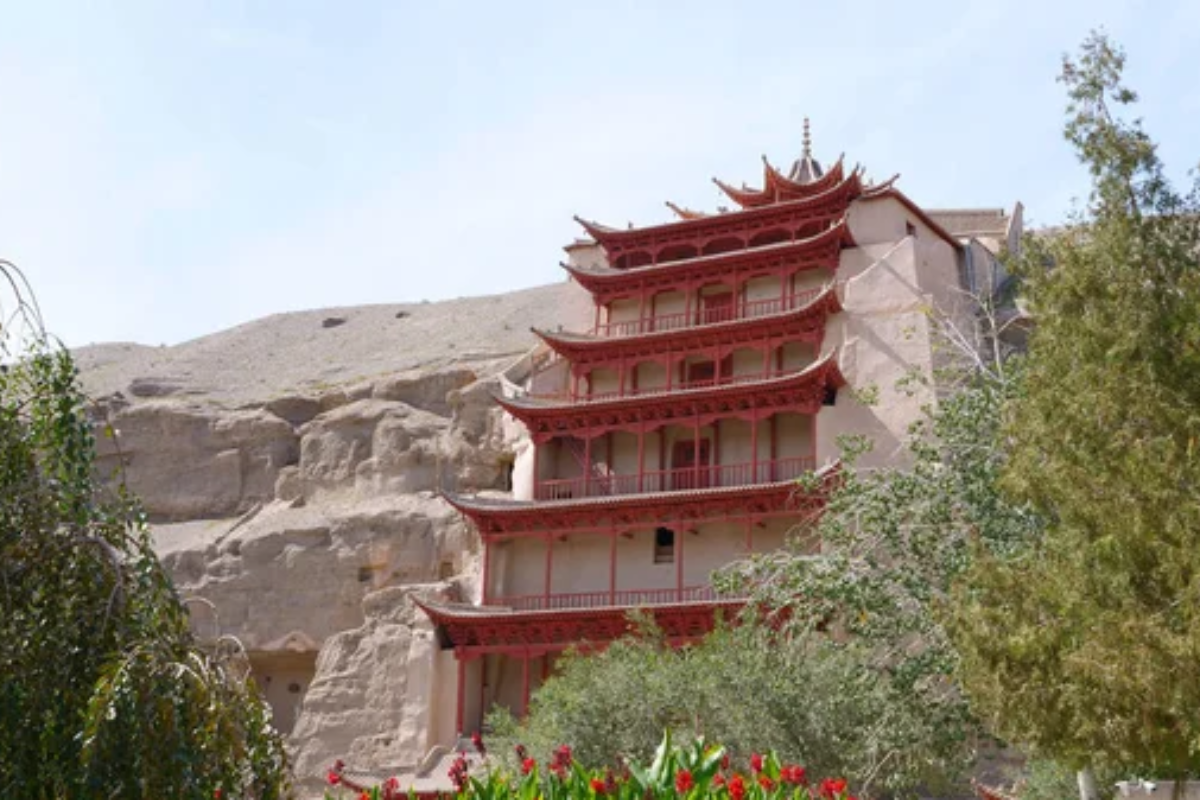
Carved into desert cliffs along the ancient Silk Road, these caves house the world’s largest collection of Buddhist art spanning a thousand years of continuous development. Unlike heavily trafficked sites, the Mogao Caves maintain strict visitor limitations, creating tranquil encounters with breathtaking murals and sculptures that once marked the crossroads of civilizations.
The desert setting creates an atmospheric backdrop that helps visitors imagine the site as medieval travelers might have experienced it while traversing the harsh landscape between East and West.
Kaiping Diaolou

These multi-story defensive village houses in Guangdong Province blend Chinese and Western architectural elements in utterly unique ways, reflecting the influence of returning overseas Chinese in the early 20th century. The structures feature an eclectic mix of Greek columns, baroque flourishes, and traditional Chinese motifs standing incongruously amid fertile rice fields.
Most tourists never venture to this relatively remote UNESCO site, allowing visitors to explore many of the 1,800 remaining towers with only local farmers as a company.
Yungang Grottoes
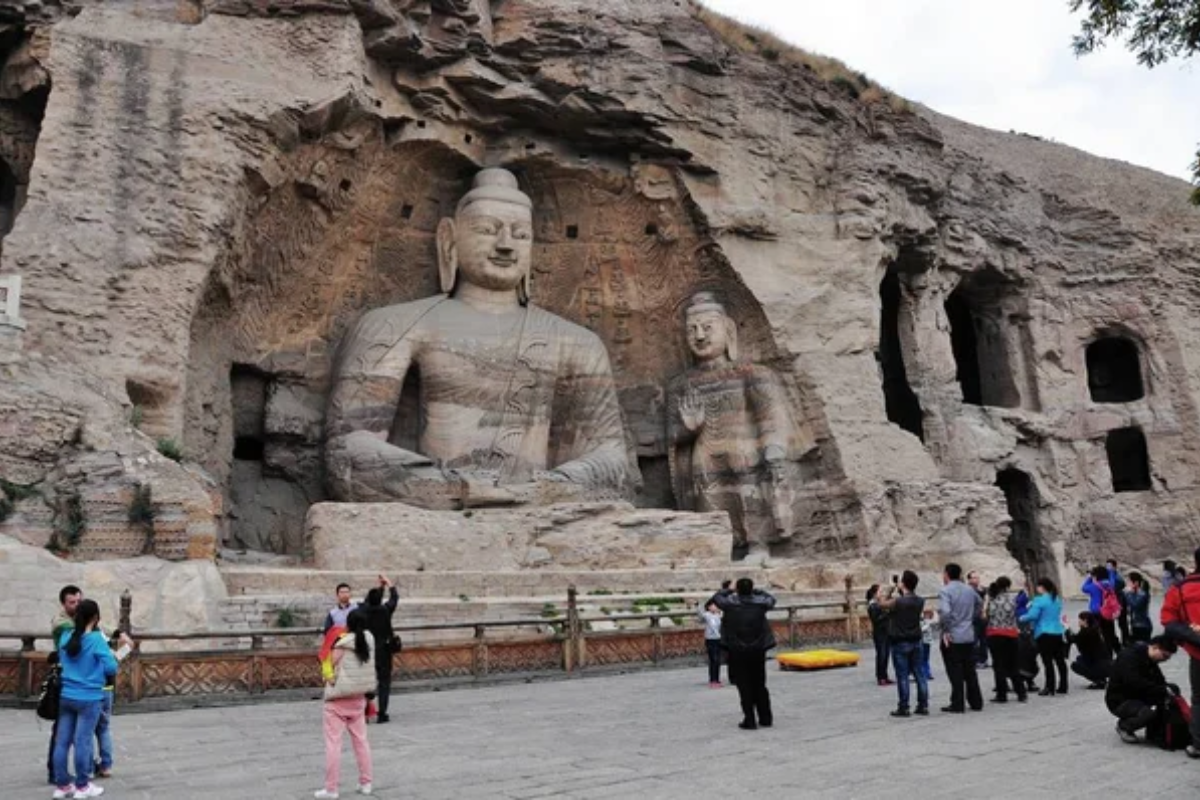
These 5th-century Buddhist cave temples near Datong contain some of China’s most impressive ancient religious artwork, with massive carved Buddhas reflecting direct Indian and Central Asian influences. The site spans nearly a kilometer with 252 caves housing more than 51,000 stone statues ranging from tiny niches to 56-foot giants gazing serenely across the centuries.
While domestic tourism has increased, the complex remains spacious enough that visitors can often find themselves alone in caves that once transformed Chinese religious art.
Like Travel Pug’s content? Follow us on MSN.
Wuzhen Water Town
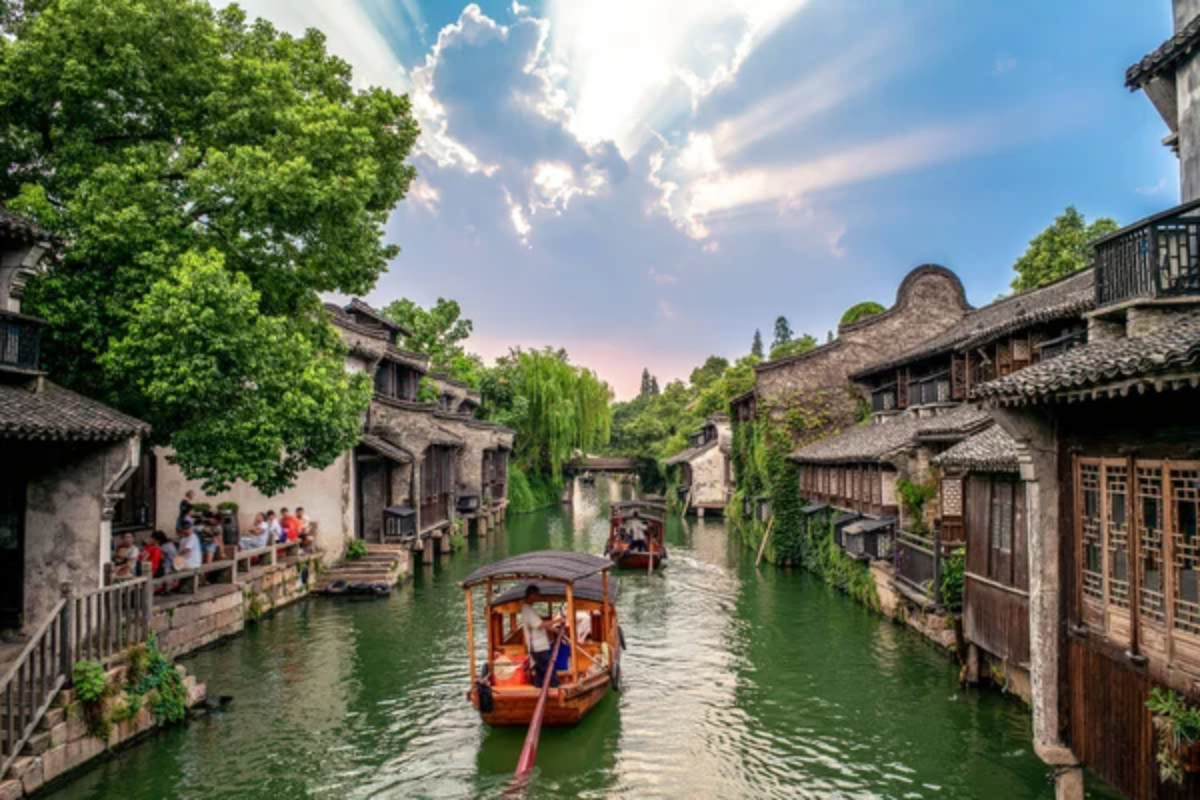
This 1,300-year-old settlement in Zhejiang Province offers a glimpse into traditional canal life in eastern China without the extreme commercialization found in better-known water towns near Shanghai. Ancient bridges arch over narrow waterways lined with Ming and Qing Dynasty buildings that now house museums dedicated to traditional crafts like indigo dyeing and rice wine production.
Staying overnight allows visitors to experience the town’s magical atmosphere after day visitors depart, when lanterns reflect off dark waters and local elderly residents play mahjong in doorways just as their ancestors did.
Zhangjiajie Ancient City
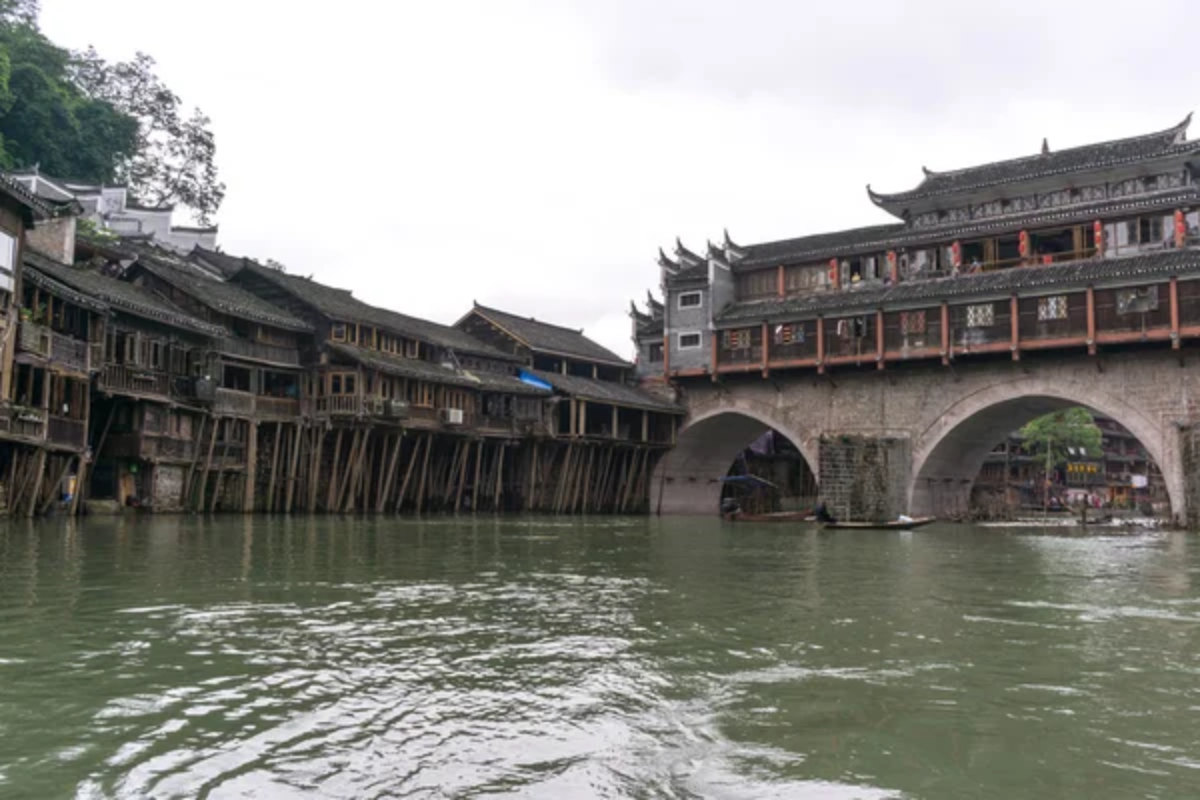
Most visitors to this region in Hunan Province focus exclusively on the famous forest park that inspired scenery in the film Avatar, completely overlooking the nearby ancient city with its well-preserved Qing Dynasty architecture. Stone streets wind between wooden buildings housing traditional teahouses and small workshops where artisans practice skills passed down through generations.
Local Tujia minority culture remains visible in architectural details, food traditions, and occasional impromptu musical performances that rarely appear in guidebooks.
Leshan Giant Buddha
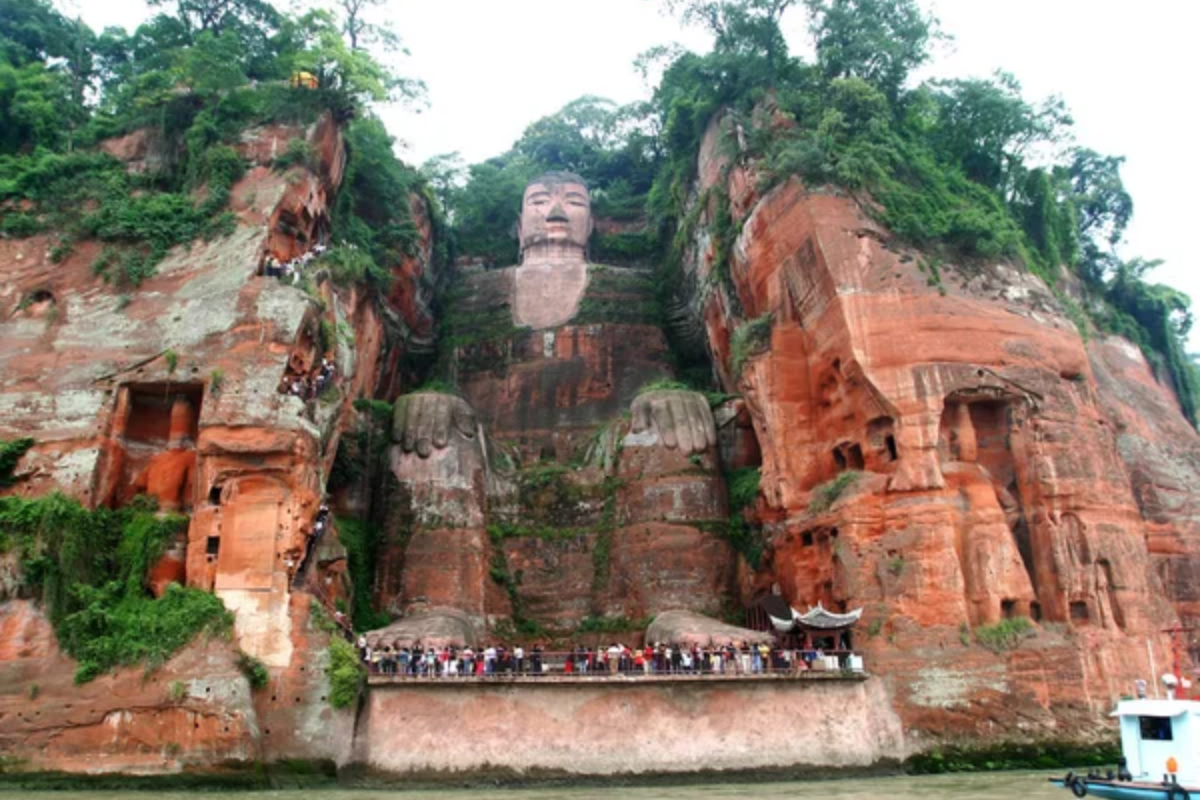
This 233-foot-tall stone Buddha carved into a riverside cliff during the Tang Dynasty offers a less frantic alternative to the famous Terracotta Warriors for experiencing China’s monumental ancient artistry. While the main viewing platform attracts groups, the trails along the cliff face and surrounding temple complex allow contemplative moments with one of humanity’s largest Buddha representations.
Morning visitors often have sections of the extensive park nearly to themselves, especially when exploring the nearby Wuyou Temple with its remarkable collection of Song and Tang Dynasty religious artifacts.
Like Travel Pug’s content? Follow us on MSN.
Xidi and Hongcun Villages

These ancient Huizhou settlements in Anhui Province preserve Ming and Qing Dynasty residential architecture amid picturesque settings that showcase traditional Chinese aesthetic principles. Ornately carved wooden screens, stone bridges, and ancestral halls reflect the wealth that local merchants accumulated through salt and tea trading centuries ago.
Visitors willing to explore beyond the main streets discover quiet courtyards where daily life continues much as it has for hundreds of years, with elderly residents tending gardens and children practicing calligraphy after school.
Chengyang Wind and Rain Bridge

This architectural masterpiece in Guangxi Province represents the pinnacle of Dong minority bridge-building traditions, constructed entirely without nails using ingenious carpentry techniques. The covered bridge includes multiple pavilions where locals gather to socialize, sheltered from the elements that give the structure its poetic name.
Unlike the heavily commercialized Dong villages closer to popular tourist routes, Chengyang maintains authentic cultural practices, including grand choir performances that evolved over centuries of oral tradition before tourism arrived.
Fenghuang Ancient Town
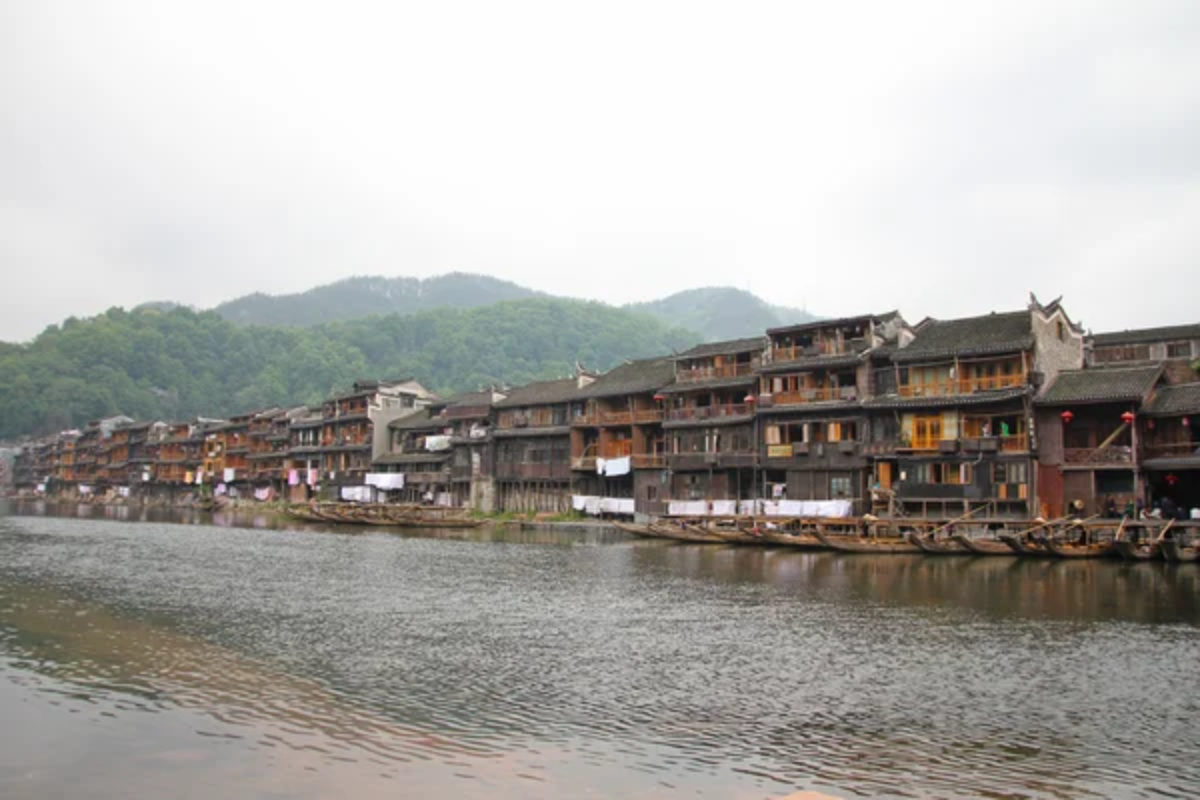
This spectacularly situated settlement in western Hunan Province rises on stilts above the Tuojiang River, creating one of China’s most picturesque historical townscapes. Minority Miao and Tujia influences blend with Han Chinese architectural traditions in distinctive wooden buildings that cascade down to the water’s edge.
While increasingly popular with domestic tourists, visitors who explore the hills behind the town discover nearly forgotten temples and traditional villages where tourism barely registers in daily life.
Like Travel Pug’s content? Follow us on MSN.
Shang Dynasty Ruins at Yinxu

These archaeological excavations near Anyang reveal the earliest evidence of Chinese written history through oracle bones inscribed with ancient characters more than 3,000 years ago. Unlike Xi’an’s warrior pits, which process thousands of visitors daily, this UNESCO site often sees just dozens of visitors exploring the foundations of royal palaces and ritual centers that formed China’s earliest documented dynasty.
The excellent on-site museum displays artifacts that directly connect to foundational Chinese cultural concepts still relevant in modern society.
Qingyan Ancient Town
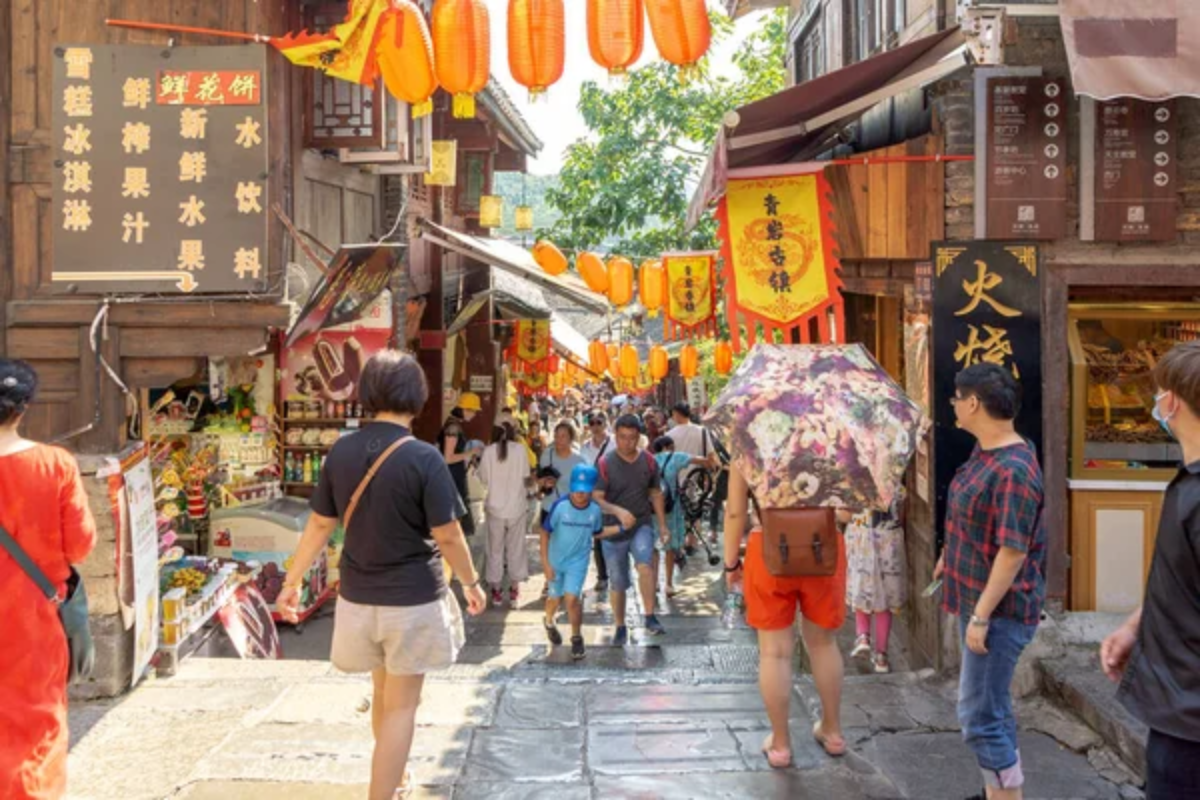
This military outpost, established during the Ming Dynasty, developed into a cultural crossroads where Confucian, Buddhist, Taoist, and Catholic influences created a uniquely diverse architectural landscape in Guizhou Province. Stone fortifications enclose narrow streets lined with buildings constructed from locally quarried stone, creating a distinctively rugged aesthetic compared to China’s more delicate southern water towns.
Few international tourists venture to this region, allowing for unhurried exploration of ancestral halls, temples, and former missionary compounds that tell complex stories of cultural exchange.
Qiandongnan Miao Villages

Deep in Guizhou Province, hundreds of Miao minority villages maintain cultural traditions largely unchanged for centuries, including spectacular silver headdresses and elaborate embroidery styles distinct to each valley. Communities like Xijiang and Basha welcome respectful visitors without the performance atmosphere that characterizes more accessible ethnic tourism sites elsewhere in China.
Travelers willing to venture beyond paved roads might witness authentic festivals where ancient rituals maintain spiritual significance rather than touristic appeal.
Like Travel Pug’s content? Follow us on MSN.
Jiayuguan Fortress
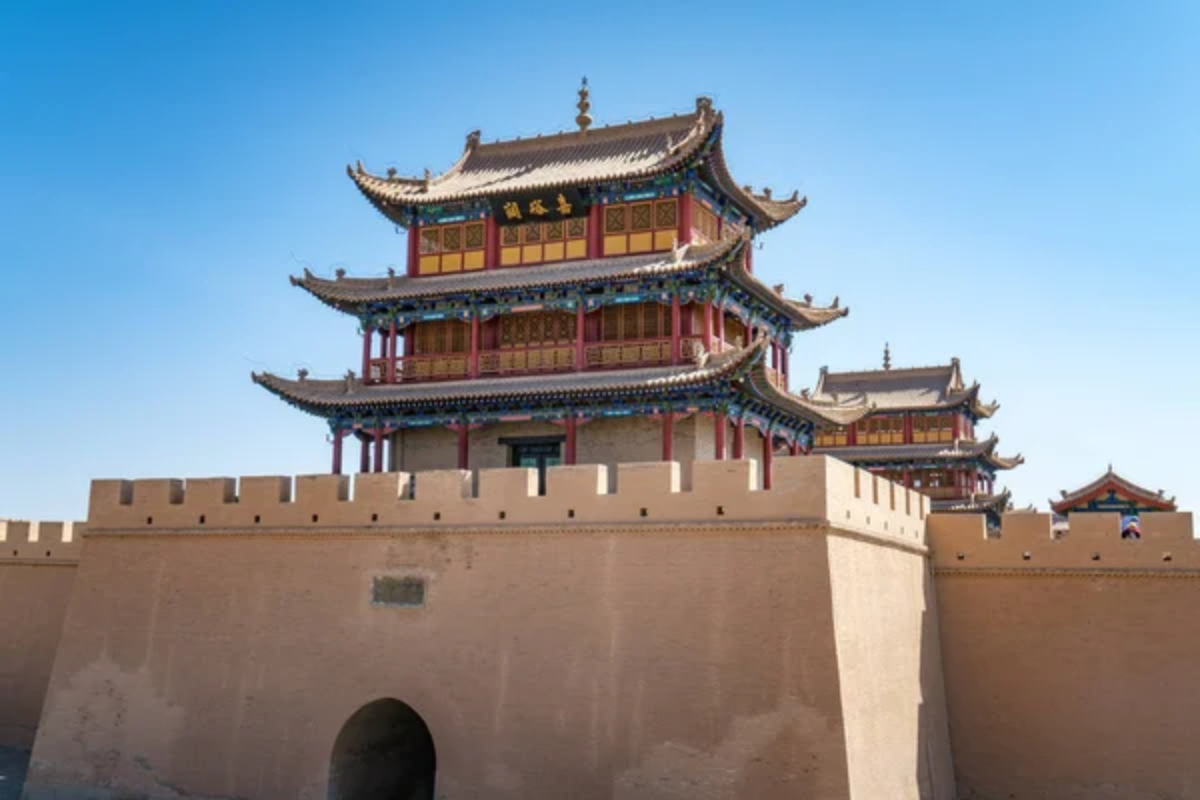
The western terminus of the Great Wall stands in magnificent isolation at the edge of the Gobi Desert, attracting a fraction of the visitors who crowd the wall’s sections near Beijing. This massive mud-brick fortress marked the psychological boundary between Chinese civilization and the perceived wilderness beyond, controlling Silk Road access for centuries.
The stark desert landscape creates dramatic lighting conditions throughout the day, allowing photographers to capture evocative images without fighting through crowds or removing modern intrusions from their frames.
Beyond the Beaten Stones
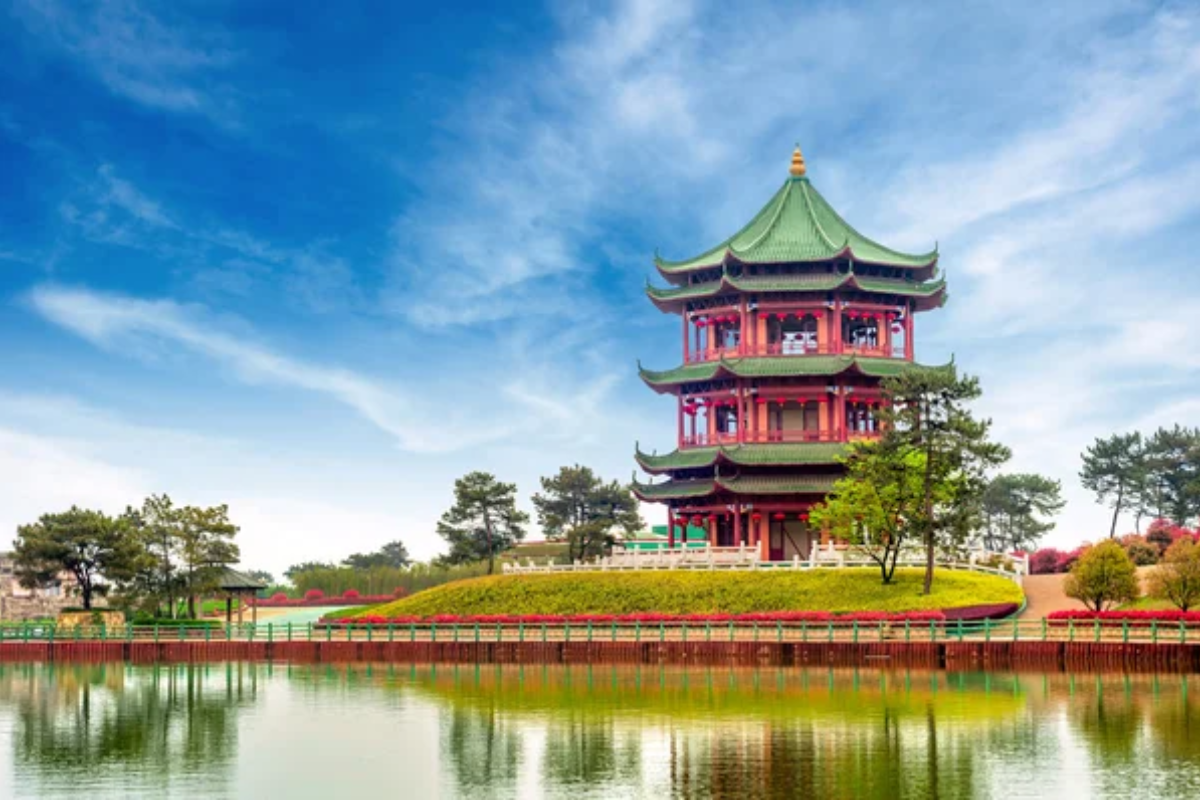
China’s less-visited historical sites offer more than just respite from crowds—they provide deeper connections to the diverse regional cultures that collectively form Chinese civilization. These alternatives to overtourism hotspots allow travelers to experience history as active discovery rather than passive consumption.
By venturing beyond the most famous landmarks, visitors gain a richer understanding of how China’s past continues to influence its present through living traditions maintained in communities where history isn’t just preserved behind glass but woven into the fabric of daily life. The reward for exploring these overlooked treasures comes through authentic moments of connection impossible to find where tourism has become mass production.
More from Travel Pug

- Cities Growing so Fast You Won’t Recognize Them in 10 Years
- 13 Destinations Where Tourists Regularly Regret Their Trip
- 20 Obscure WWII Sites Even History Buffs Don’t Know About
- 10 Under-the-Radar Mountain Towns That Are Both Affordable and Beautiful
- Remote Villages in Europe Where You Can Live for Free in Exchange for Work
Like Travel Pug’s content? Follow us on MSN.
